Passive Solar Cabin wiith Heat Pump at 46 N Latitude.
wyobunney
9 years ago
last modified: 9 years ago
Featured Answer
Sort by:Oldest
Comments (17)
apple_pie_order
9 years agowyobunney
9 years agoRelated Professionals
Commerce City Kitchen & Bathroom Designers · Fayetteville Furniture & Accessories · Mesa Furniture & Accessories · Wichita Furniture & Accessories · Lake Magdalene Furniture & Accessories · Eagan General Contractors · Aurora General Contractors · Fort Pierce General Contractors · Goldenrod General Contractors · Jamestown General Contractors · Marinette General Contractors · Muskogee General Contractors · North Highlands General Contractors · North Tustin General Contractors · West Mifflin General ContractorsMaltby Design
9 years agowyobunney
9 years agolast modified: 9 years agowyobunney
9 years agoUser
9 years agoPPF.
9 years agoUser
9 years agowyobunney
9 years agowyobunney
9 years agoUser
9 years agoUser
9 years agowyobunney
9 years agoUser
9 years agowyobunney
9 years agoapple_pie_order
9 years ago
Related Stories

GREAT HOME PROJECTSHow to Add a Solar Water Heater
Lower energy bills without a major renovation by putting the sun to work heating your home’s water
Full Story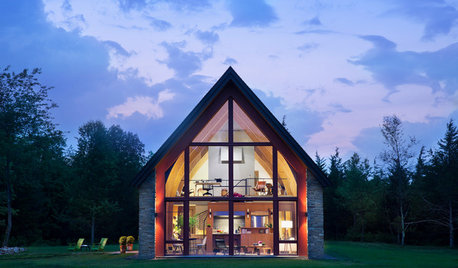
GREEN BUILDINGThe Passive House: What It Is and Why You Should Care
If you don’t understand passive design, you could be throwing money out the window
Full Story
GREEN BUILDINGInsulation Basics: Heat, R-Value and the Building Envelope
Learn how heat moves through a home and the materials that can stop it, to make sure your insulation is as effective as you think
Full Story
GREEN BUILDINGThe Big Freeze: Inventors Break New Ground to Keep Things Cool
Old-fashioned fridges can be energy guzzlers, but there are more eco-friendly ways of keeping food fresh, as these global innovations show
Full Story
REMODELING GUIDESCool Your House (and Costs) With the Right Insulation
Insulation offers one of the best paybacks on your investment in your house. Here are some types to discuss with your contractor
Full Story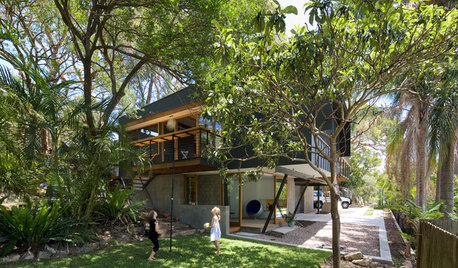
HOUZZ TOURSHouzz Tour: Modern Treetop Living in Sydney
Encouraging connections and calm, this Australian family home among the trees is all about subtlety
Full Story
SAVING WATERXeriscape Gardens: How to Get a Beautiful Landscape With Less Water
Conserve water and make gardening much easier with the xeriscape approach’s 7 principles
Full Story
REMODELING GUIDESThe Hidden Problems in Old Houses
Before snatching up an old home, get to know what you’re in for by understanding the potential horrors that lurk below the surface
Full StoryMore Discussions






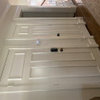


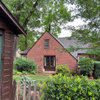
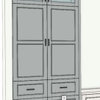
Maltby Design